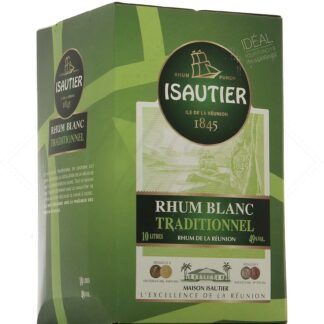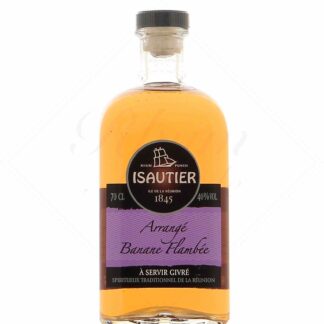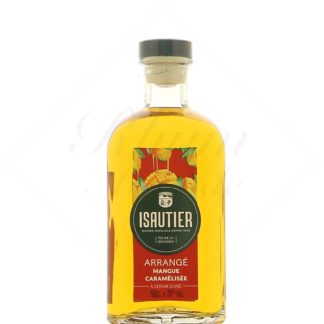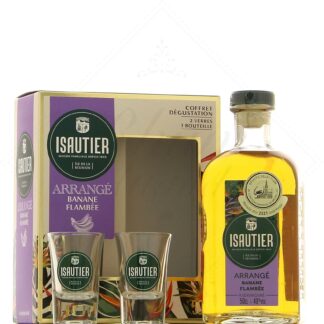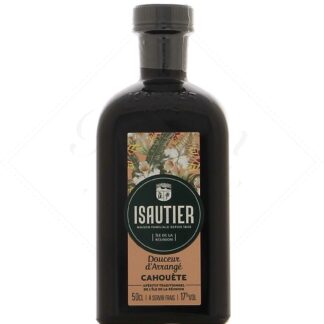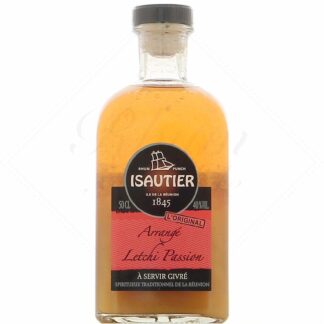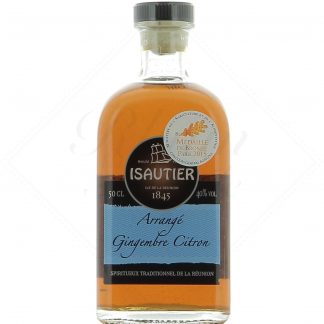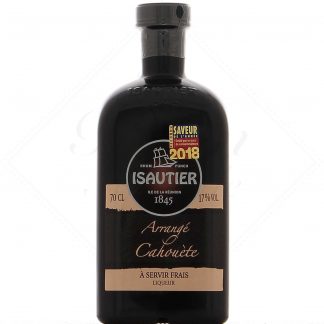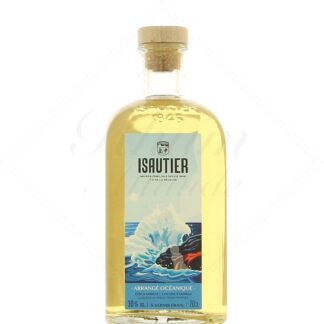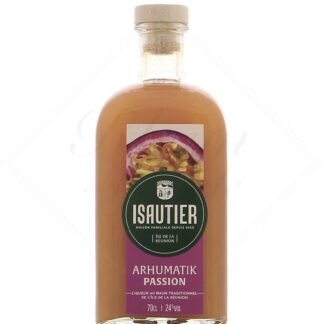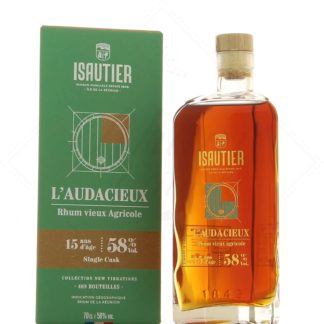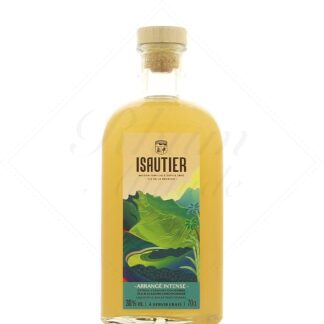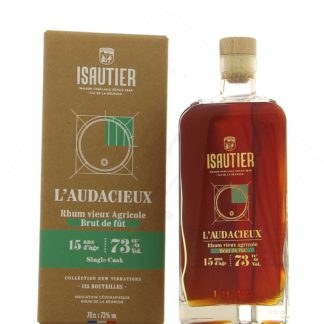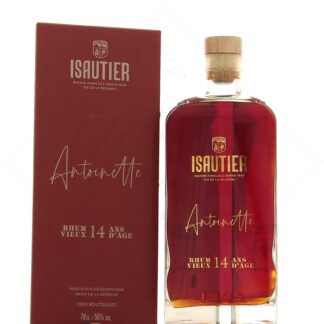Isautier

The history of Isautier rum
The Isautier family settled on Reunion Island (then called Bourbon Island) in 1832. Brothers Louis and Charles arrived at the age of 21. Cane and sugar were booming on the island, and molasses rum was being produced. In 1845, the Isautier brothers founded the largest distillery of its time. After the death of the founding brothers, Charles's wife Antoinette took up the torch with the company "Veuve Charles Isautier et fils" in 1865. The brand's stoneware bottles were already an international success, and were crowned at the Paris Universal Exhibition in 1878.
Alfred, grandson of Charles and Antoinette Isautier, bought the distillery in 1918. He began modernizing the distillery by installing a distillation column. He was also the first person in Reunion to reuse bagasse as fuel for boilers. At the time, Isautier was the only independent distillery not attached to a sugar refinery.
The company experienced difficulties during the Second World War, but stocks eventually melted rapidly once the conflict was over. The main customers were European, the best being Germany and Sweden. Charles had three sons: Paul-Alfred, Charles and Henri. They learned with him how to make rum, and recorded the recipes in small notebooks. When they took over the company on their father's death in 1950, they greatly diversified its activities, creating up to 60 small businesses.
A distillery in constant evolution
In the 1970s, the distillery moved to Frédeline. Charles Isautier installed a new cane mill, comprising three steam-driven crushing mills. The distillery was thus self-sufficient in cane juice until the late 1980s.
It was also during this period thatIsautier developed its first blended rums, albeit without much success at first.
In the 1990s, after diversification came a refocusing on rum and punches.
In 2005, Mathieu Cosse, oenologist and former winemaker, began working with the distillery. Isautier' s commitment to quality had increased, and it was time to review its entire production process, from fermentation to distillation and ageing.
In 2010, the first arranged rums as we know them today make their appearance, with great success. In 2011, the liquor factory moves closer to the distillery.
Today, Isautier is still independent and family-run. It cultivates over 300 hectares of sugarcane, which is processed at the Gol factory. Major investments were undertaken in 2016, with the aim of doubling production and aging capacity.
The making of Isautier rums
The Isautier distillery is capable of making both traditional molasses rum and traditional agricultural rum.
Fermentation of pure cane juice lasts an average of 35 hours, while molasses takes around 22 hours.
The distiller adds yeasts and acids. The open tank allows air to enter, which allows the yeast to multiply and create the sourdough. After 15 hours, the leaven is distributed into the fermentation tanks and the cane juice or diluted molasses is added. The must has a strength of between 6 and 8° at the end of this process.
Distillation is continuous, in columns. Molasses rum runs at an average of 94%, and agricultural rum between 70 and 78%. The rums are reduced with demineralized and filtered water, depending on the desired alcohol content. The Isautier distillery operates continuously during the cane harvest, which runs from August to December.
The cellar benefits from extreme heat and humidity, which results in very high wood extraction from the barrels. The cellar master uses new barrels for the first 24 months of maturation. He then transfers the rums to ex-cognac or ex-rum barrels. A third maturation may follow.
The barrels selected are mostly made of fine-grained European wood, with long but gentle toasting. A period of 10 or 12 years is considered ideal for the balance of a great old rum.
A commitment to quality and ecology
Isautier rums benefit from a PGI label, which guarantees that all the cane and molasses used come from La Réunion.
The distillery is also involved in a project to improve its ecological impact, notably by converting its vinasse into fertilizer for the fields.
Today, Isautier naturally offers white rum (traditional molasses at 40% or 49%, and agricole at 55%). It also offers extensive ranges of punches and rhums arrangés.
Old rums include both molasses and agricultural rums, or blends of both styles. Read less
-
-
-
-
-
-
-
-
-
-
-
-
Isautier 15 ans 2006 L'Audacieux rhum vieux agricole 58° (aged agricultural rum)
- Meeting
- 58 ° - 70 cl
2 notice -
-
-
Isautier 15 ans 2006 L'audacieux Brut de fût New Vibrations 73° (73° proof)
- Meeting
- 73 ° - 70 cl
1 notice -

